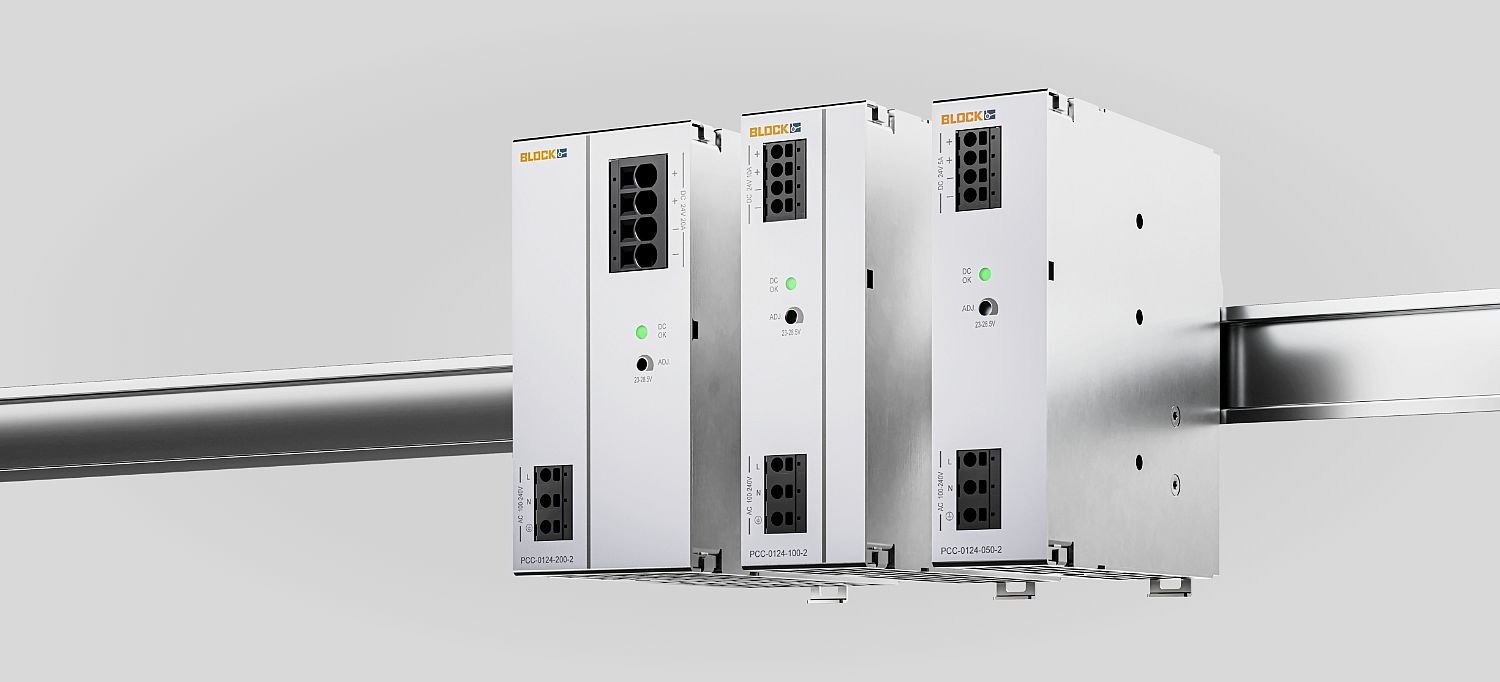The week's pick
Random Articles
Reseach Article
Digital Forensic Tools for Cybercrime Investigation: A Comparative Analysis
| International Journal of Applied Information Systems |
| Foundation of Computer Science (FCS), NY, USA |
| Volume 12 - Number 47 |
| Year of Publication: 2025 |
| Authors: P.S. Vinayagam |
 10.5120/ijais2025452018
10.5120/ijais2025452018
|
P.S. Vinayagam . Digital Forensic Tools for Cybercrime Investigation: A Comparative Analysis. International Journal of Applied Information Systems. 12, 47 ( May 2025), 25-31. DOI=10.5120/ijais2025452018
Abstract
The rise of cybercrime incidents has brought the digital forensic tools into limelight. Used as a form of response, these tools are used to dissect and understand what happened and how it happened. This is also used as a measure to counter occurrence of such activities again in the future. Over the past few decades, the digital forensic tools have become highly sophisticated catering to the various needs of the investigation team. Earlier these tools were used only as a means of recovering deleted files from hard disk drives. As of now, the storage medias have taken various forms and the evidence pertaining to cybercrimes is not limited only to the hard disk drive of the systems. Though there is no all-in-one tool that can handle all the processes of forensic investigation, the selection of the right tool for the purpose at hand makes the investigation process easier and legally valid. This paper attempts to study the most popular digital forensic tools in use to find out their scope and limitations.
References
- "A Road Map for Digital Forensic Research," First Digital Forensic Research Workshop (DFRWS), 2001. [Online]. Available: https://dfrws.org/wp-content/uploads/2019/06/2001_USA_a_road_map_for_digital_forensic_research.pdf.
- C. Altheide and H. Carvey, Digital Forensics with Open Source Tools, Syngress, 2011.
- Y. Yusoff, R. Ismail and Z. Hassan, "Common phases of computer forensics investigation models," International Journal of Computer Science & Information Technology (IJCSIT), vol. 3, no. 3, pp. 17–31, Jun. 2011, doi: 10.5121/ijcsit.2011.3302.
- EC-Council, "What is Digital Forensics in Cybersecurity Explained: 9 Powerful Facts You Need to Know Now!," EC-Council Cybersecurity Exchange, [Online]. Available: https://www.eccouncil.org/cybersecurity-exchange/computer-forensics/what-is-digital-forensics/.
- A. R. Javed, W. Ahmed, M. Alazab, Z. Jalil, K. Kifayat and T. R. Gadekallu, "A comprehensive survey on computer forensics: State-of-the-art, tools, techniques, challenges and future directions," IEEE Access, vol. 10, pp. 11065–11089, 2022, doi: 10.1109/ACCESS.2022.3142508.
- S. Singh and S. Kumar, "Qualitative assessment of digital forensic tools," Asian Journal of Electrical Sciences, vol. 9, no. 1, pp. 25–32, 2020.
- A. Parveen, Z. H. Khan and S. N. Ahmad, "Classification and evaluation of digital forensic tools," TELKOMNIKA Telecommunication, Computing, Electronics and Control, vol. 18, no. 6, pp. 3096–3106, Dec. 2020, doi: 10.12928/TELKOMNIKA.v18i6.15295.
- F. M. Ghabban, I. M. Alfadli, O. Ameerbakhsh, A. N. AbuAli, A. Al-Dhaqm and M. A. Al-Khasawneh, "Comparative Analysis of Network Forensic Tools and Network Forensics Processes," 2021 2nd International Conference on Smart Computing and Electronic Enterprise (ICSCEE), Cameron Highlands, Malaysia, 2021, pp. 78-83, doi: 10.1109/ICSCEE50312.2021.9498226.
- J. Buchanan-Wollaston, T. Storer and W. B. Glisson, "A comparison of forensic toolkits and mass market data recovery applications," Ninth Annual IFIP WG 11.9 International Conference on Digital Forensics, 28- 30th January 2013. [Online] Available: https://core.ac.uk/download/9649321.pdf.
- H. Dubey, S. Bhatt and L. Negi, "Digital forensics techniques and trends: A review," The International Arab Journal of Information Technology, vol. 20, no. 4, Jul. 2023.
- A. Valluvar, S. Shetty, S. Pandian and S. Chaure, "Forensic tools in comparison: An assessment of performance across different parameters," International Journal of Innovative Science and Research Technology, Vol.8, No.9, pp.485-491, Sept. 2023.
- S. Almulla, Y. Iraqi and A. Jones, "A state-of-the-art review of cloud forensics," J. Digital Forensics, Security and Law, vol. 9, no. 4, Art. 2, 2014. DOI: https://doi.org/10.15394/jdfsl.2014.1190.
- K. Barmpatsalou, T. Cruz, E. Monteiro and P. Simoes, "Current and future trends in mobile device forensics: A survey," ACM Computing Surveys (CSUR), vol. 51, no. 3, pp. 1–31, May 2019, doi: 10.1145/3177847.
- O. Osho and S. O. Ohida, "Comparative Evaluation of Mobile Forensic Tools", International Journal of Information Technology and Computer Science (IJITCS), Vol.8, No.1, pp.74-83, 2016. DOI:10.5815/ijitcs.2016.01.09.
- OpenText, "EnCase Forensic," [Online]. Available: http://encase-docs.opentext.com/documentation/encase/forensic/8.07/Content/Resources/External%20Files/EnCase%20Forensic%20v8.07%20User%20Guide.pdf.
- M. Britz (2013). Computer Forensics and Cyber Crime: An Introduction, Third Edition, Pearson Education India.
- C. Altheide and H. Carvey, (2011). Digital Forensics with Open Source Tools, 1st Edition, Syngress.
- OpenText, “The EnCase Evidence Viewer,” OpenText Blogs, Feb. 28, 2023. [Online]. Available: https://blogs.opentext.com/the-encase-evidence-viewer/.
- Exterro (2021). FTK Imager User Guide, [Online]. Available: https://www.exterro.com/uploads/documents/FTK_7.4.2_UG.pdf.
- L. Daniel and L. Daniel (2011). Digital Forensics for Legal Professionals: Understanding Digital Evidence from the Warrant to the Courtroom. First Edition, Syngress.
- Software Informer, “AccessData FTK Imager 3.1,” Software Informer, Mar. 26, 2025. [Online]. Available: https://accessdata-ftk-imager.software.informer.com/3.1/.
- Volatility Foundation, "Volatility Framework," [Online]. Available: https://volatilityfoundation.org/the-volatility-framework/.
- M. Ligh, A. Case, J. Levy, and A. Walters (2014). The Art of Memory Forensics: Detecting Malware and Threats in Windows, Linux and Mac Memory. Wiley.
- H. K. Mann and G. S. Chhabra, "Volatile Memory Forensics: A Legal Perspective," International Journal of Computer Applications, vol. 155, no. 3, pp. 11-15, Dec. 2016.
- J. Kothari, “Memory Forensics: Using Volatility Framework,” Hacking Articles, Oct. 29, 2020. [Online]. Available: https://www.hackingarticles.in/memory-forensics-using-volatility-framework/.
- Cellebrite, “Cellebrite UFED | Access and Collect Mobile Device Data,” Cellebrite, [Online]. Available: https://cellebrite.com/en/ufed/.
- Cellebrite, "UFED: Universal Forensic Extraction Device," [Online]. Available: https://www.cellebrite.com/.
- R. Ayers, S. Brothers, and W. Jansen(2014). "Guidelines on Mobile Device Forensics," NIST Special Publication 800-101 Revision 1. National Institute of Standards and Technology.
- E. Casey, (2011). Digital Evidence and Computer Crime: Forensic Science, Computers and the Internet (3rd ed.). Academic Press.
Index Terms
Keywords

